Faraday Future’s First Vehicle Enters Pre-Production
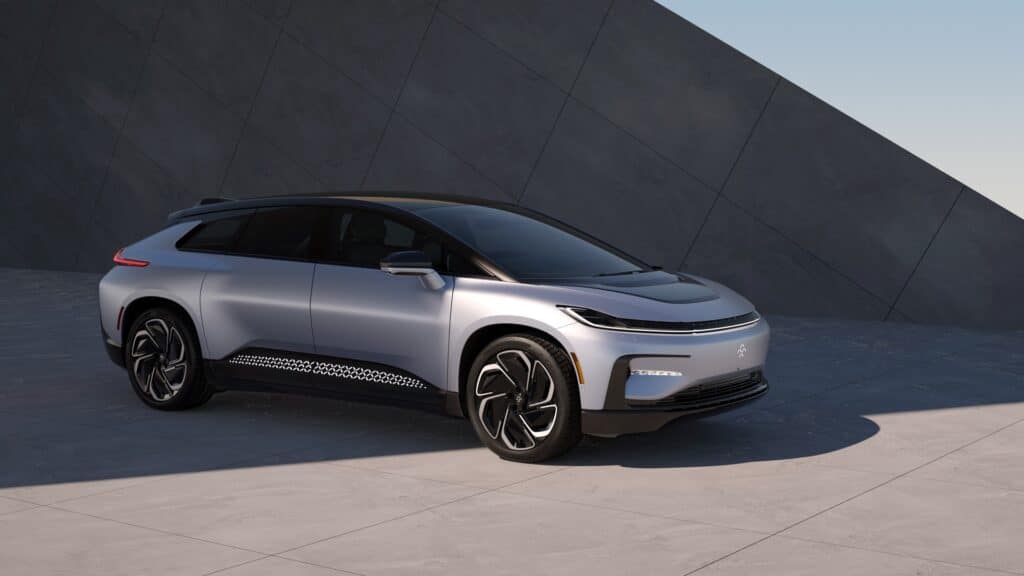
It’s been a bumpy road for Hanford, California-based Faraday Future since it first showed the FF 91 EV in 2018. But the company reached a critical milestone Thursday when it revealed its first production-intent FF 91, a ultra-luxury EV intended to compete with the Tesla Model X.
“Building the first production-intent vehicle at the Hanford plant is an important step towards reaching the start of production in Q3. This iteration is the closest to the FF 91 production model we’ve seen to date,” said Matt Tall, vice president of manufacturing at Faraday Future.
A critical step for the company
The unveiling of the pre-production FF 91 for final engineering validation and certification is the fourth of seven manufacturing milestones that company announced in October 2021.
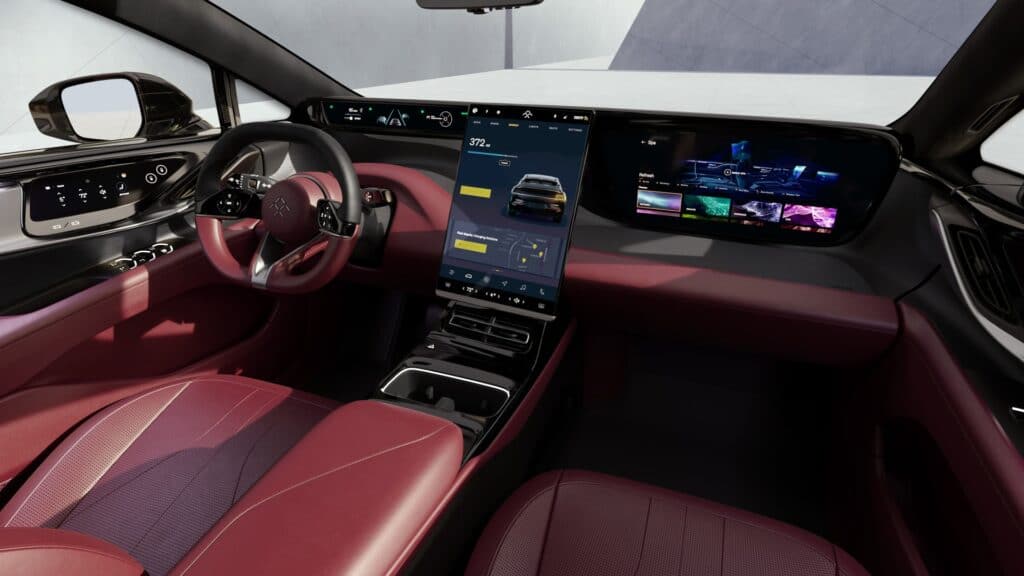
The initial milestone was installing equipment in its Hanford manufacturing facility, which was sourced from Guangzhou MINO Equipment Co. Ltd. located in Guangzhou, China. “MINO is a supplier to many top automotive OEMs, and we’re excited to have them as a partner as we introduce a vehicle that will redefine the luxury EV segment,” Tall said.
The respect is mutual. “It’s an honor to play a role in bringing the FF 91 to production and to help build the future of the EV industry,” said Rey Hsu, CEO MINO USA.
The second milestone was getting a certificate of occupancy. The third was foundation construction for its production areas within its plant.
Faraday Future will build the FF 91 in Hanford, California from components sourced worldwide.
What they’re building
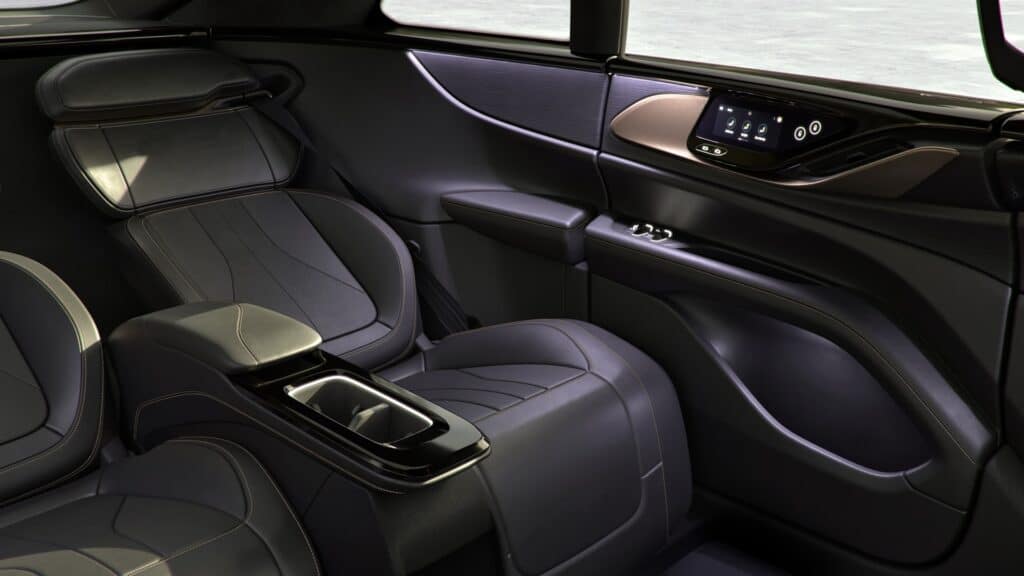
The FF 91 doesn’t appear to have changed significantly from previous iterations, and it remains a large five-door crossover. The company hasn’t revealed the vehicle’s specifications, but previous FF 91 prototypes were equipped with three 350-horsepower electric motors backed by a substantial 130-kilowatt-hour lithium-ion battery pack that powers all four wheels with 1,050 horsepower.
That’s enough power to reach 60 mph in 2.39 seconds. Top speed is reported to be 155 mph. Range is said to be up to 376 miles on a charge. If Faraday Future follows industry norms, the company will also offer less powerful models as well.
While Faraday Future is still months away from production, the company has launched the FF Intelligent App for Apple and Android devices.
Faraday Future also has a joint venture
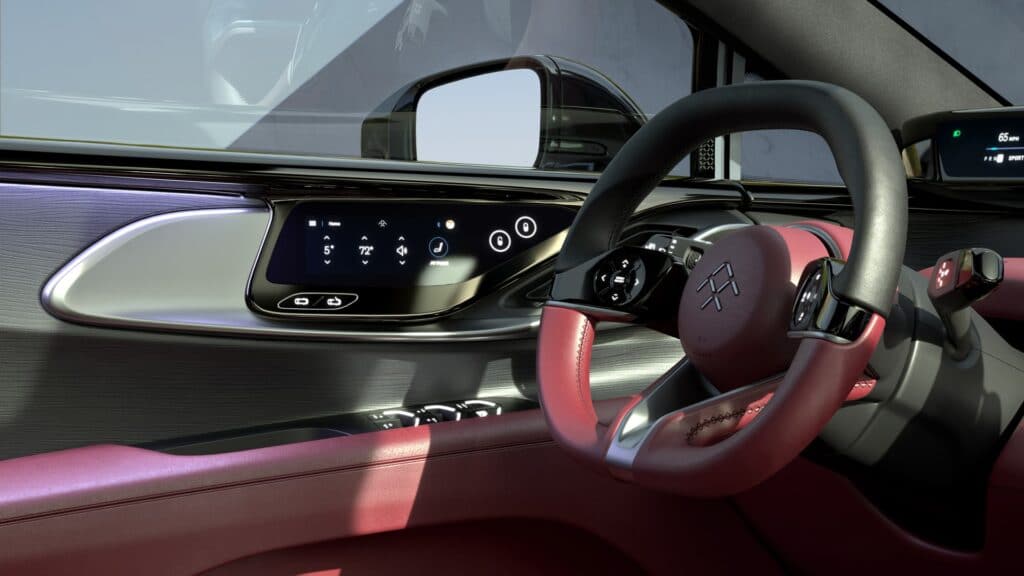
But the company will not be building its second vehicle, the FF 81 EV. Instead, it will be contract manufactured by Myoung Shin Co. Ltd., a parts supplier and automotive manufacturer for numerous first tier OEMs headquartered near Seoul, South Korea. That vehicle is expected to begin rolling off the assembly line in 2024 at a former GM plant in Gunsan. GM sold the plant to the company in 2018. Under GM ownership, the facility manufactured the Chevrolet Cruze and Orlando. It was closed due to underutilization.
Faraday Future made the announcement earlier this month.
“This agreement to produce the FF 81 puts us on track to deliver on our promise to reach high volume production in 2024, the most important milestone on our path to profitability,” said Carsten Breitfeld, Global CEO of Faraday Future. “Our own third quarter launch of the FF 91 will redefine the state of the art in the luxury EV segment, and with Myoung Shin, the FF 81 will bring our market-leading technology to the mainstream luxury segment.”
The company eventually plans to build the smaller and more affordable FF 71.
A unique business model
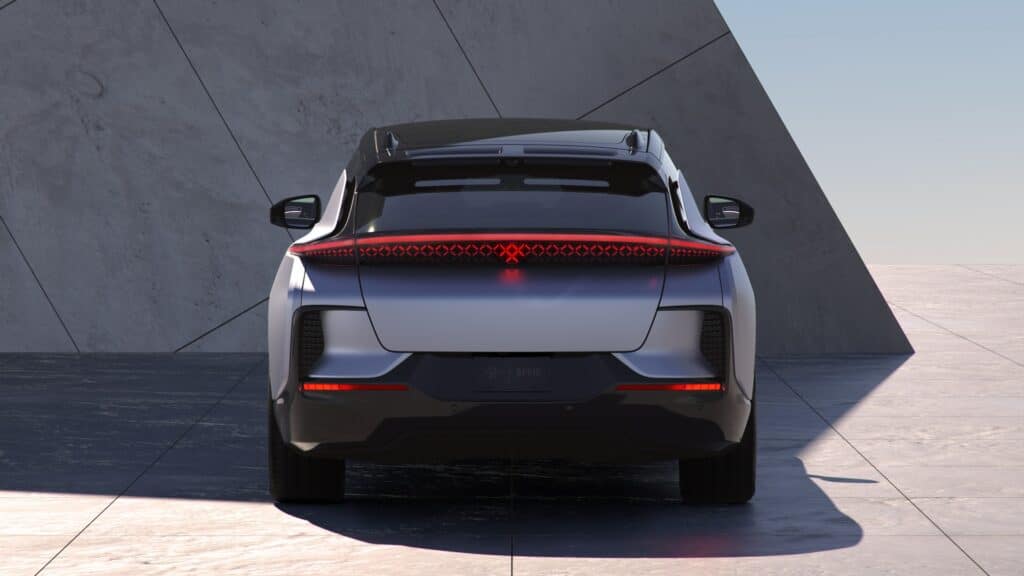
If it seems odd that new manufacturer would outsource production to another company, it’s worth paying attention to its business model.
Faraday Future’s strategy is to be an asset-light company. So far, that means a company that consists of a leased manufacturing facility in Hanford, California operated by Faraday Future, and a collaboration with contract manufacturer Myoung Shin. Eventually, Faraday Future plans to expand its manufacturing into China.
A startup’s bumpy road

As we’ve previously chronicled, the company first gained public awareness at the 2016 Consumer Electronics Show, where it showed the FF Zero1, a futuristic, 1,000-horsepower supercar. Plans for it seemed to have been set aside, as the company showed the FF 91.
Backed by Jia Yueting, a tech entrepreneur often referred to as China’s Steve Jobs, the company soon broke ground for, a new assembly plant at a sprawling site near Las Vegas. Then, Jia’s personal finances collapsed and he had to back out of several automotive projects, including Faraday. A new Chinese investor failed to follow through on funding, leading to a lawsuit and concerns that the company would collapse.
But a deal to save the company soon coalesced, with Faraday raising close to $900 million from Birch Lake Fund Management, LP and Chinese videogame company The9 Limited. The company announced production would begin in 2020, but that date proved unrealistic. Instead, the company is scheduled to begin production by the fall.
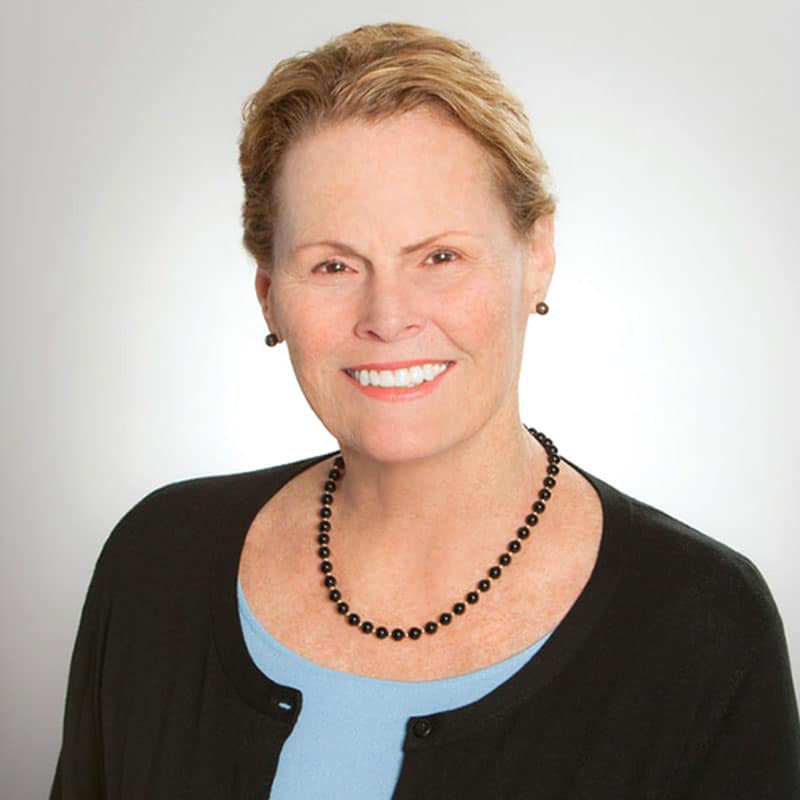
More recently, on Feb. 1, the company appointed Susan Swenson, currently an independent board member, to a new position: executive chairperson of the company. CEO Carsten Breitfield and founder Jia Yueting now report to Swenson, according to Faraday. The pair also received a 25% cut each in their annual base salary after the company found that inaccurate statements were made by its employees to investors.
In November, these allegations of inaccurate disclosures led Faraday to delayed filing of its quarterly report. According to Reuters, short-seller J Capital called Faraday “a new EV scam in town.”
But Faraday Future isn’t the only neophyte automaker facing such allegations; others include Lordstown Motors (which trades under the ticker RIDE.O) and Nikola (which trades under the ticker NKLA.O), both of which went public with the support of special-purpose acquisition companies and soon faced similar allegations.
Faraday went public in July with another such company, Property Solutions Acquisition Corp.
The stock, which trades under the ticker FFIE.O, closed Thursday at $5.22, down from its 52-week high of $17.48.
Auto Lovers Land
Comments
Post a Comment